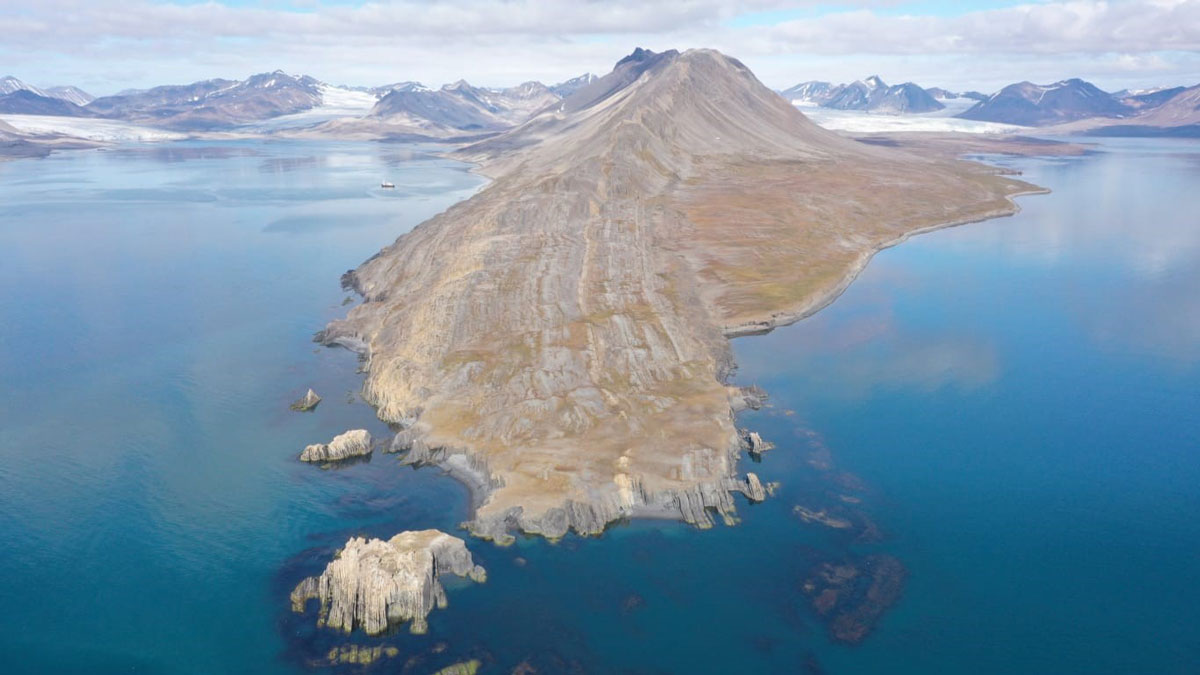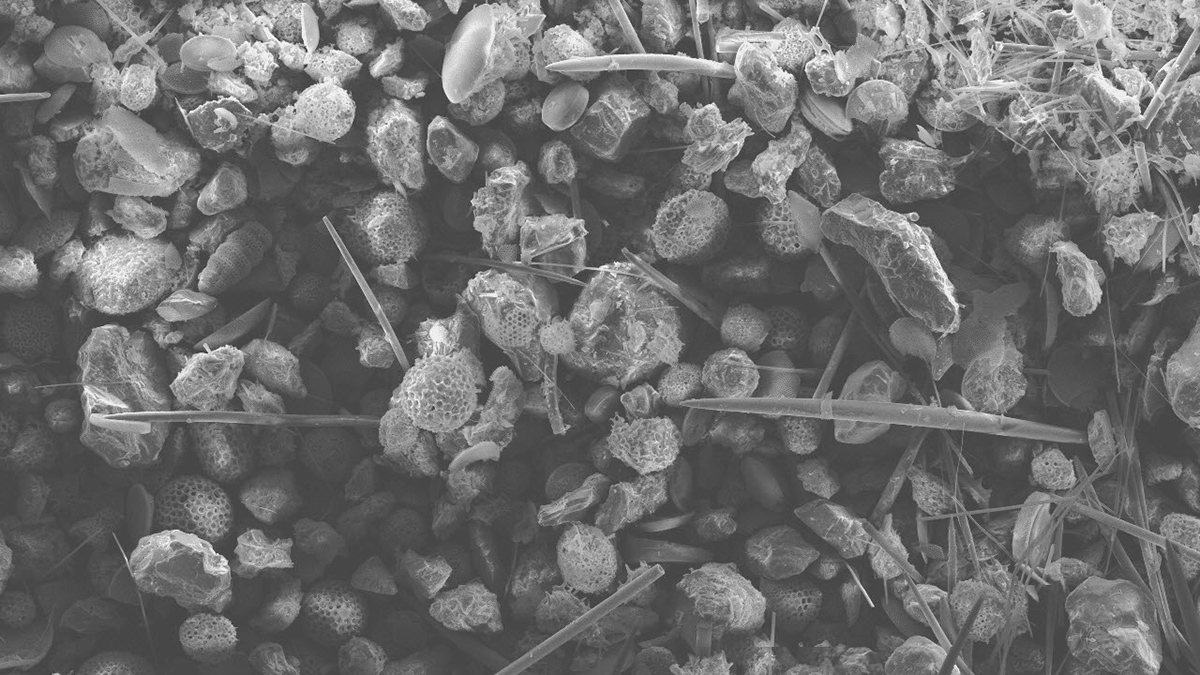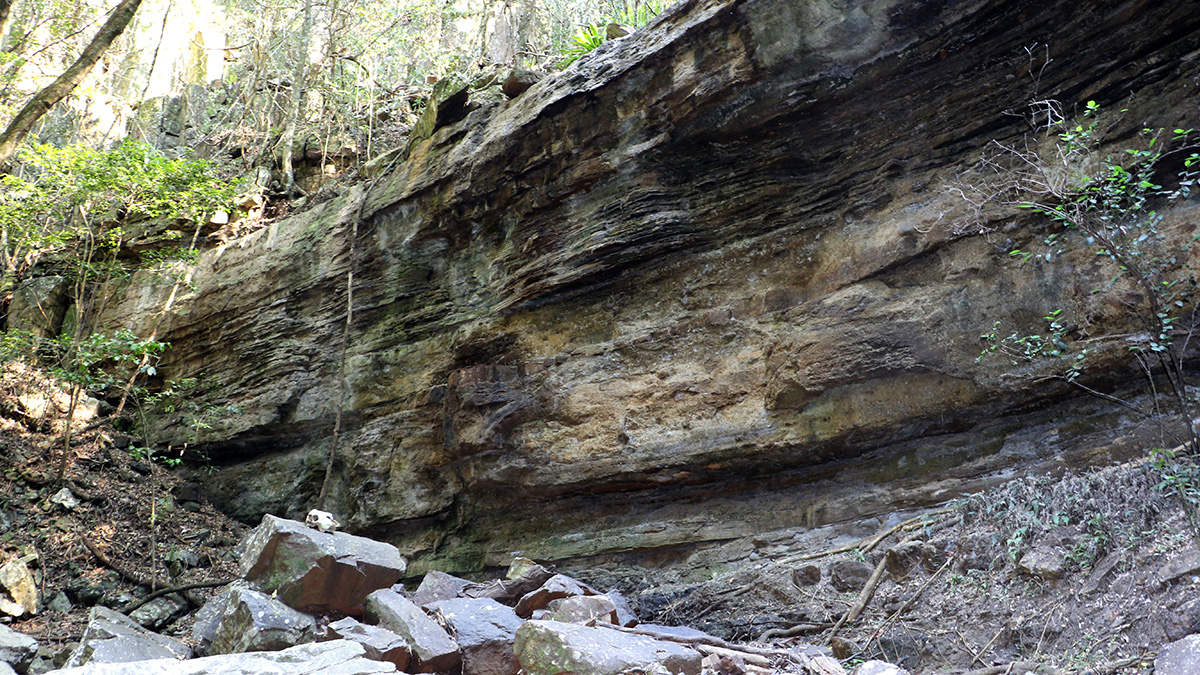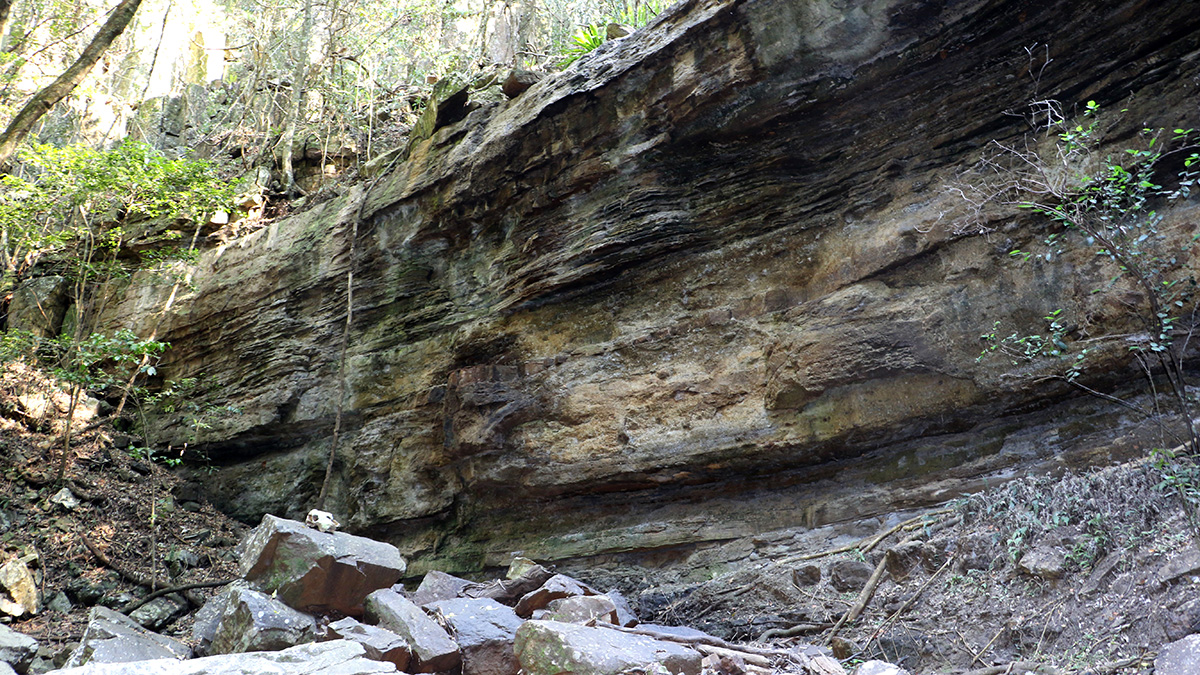Cooler waters near Norway’s north provided a refuge for phytoplankton during the Great Dying, a new study suggests.
Permian
Mega El Niño May Have Led to Major Mass Extinction 252 Million Years Ago
The extreme climate conditions wrought by a decades-long ENSO pattern could be the culprit in the Great Dying, which wiped out nearly 90% of life on Earth.
Clays May Have Slowed Earth’s Recovery After the Great Dying
Without tiny marine organisms using silica for shells, Earth’s oceans generated more clay, released more carbon dioxide, and kept Earth warmer for longer.
UV Radiation Contributed to Earth’s Biggest Mass Extinction
To find the first direct evidence of heightened UV radiation during the end-Permian mass extinction, researchers turned to chemical evidence preserved in pollen grains.
A Spike in Wildfires Contributed to the End-Permian Extinction
An upward trend in fossilized charcoal indicates that wildfires may have contributed to extinctions during the Great Dying.
Un nuevo modelo para un antiguo evento de extinción
Un modelo 3D del sistema Tierra incorpora variables como la temperatura y la sulfurización para aclarar el evento de extinción de finales del Pérmico.
A New Model for an Old Extinction Event
A 3D Earth system model incorporates variables such as temperature and sulfurization to shed light on the end-Permian extinction event.







